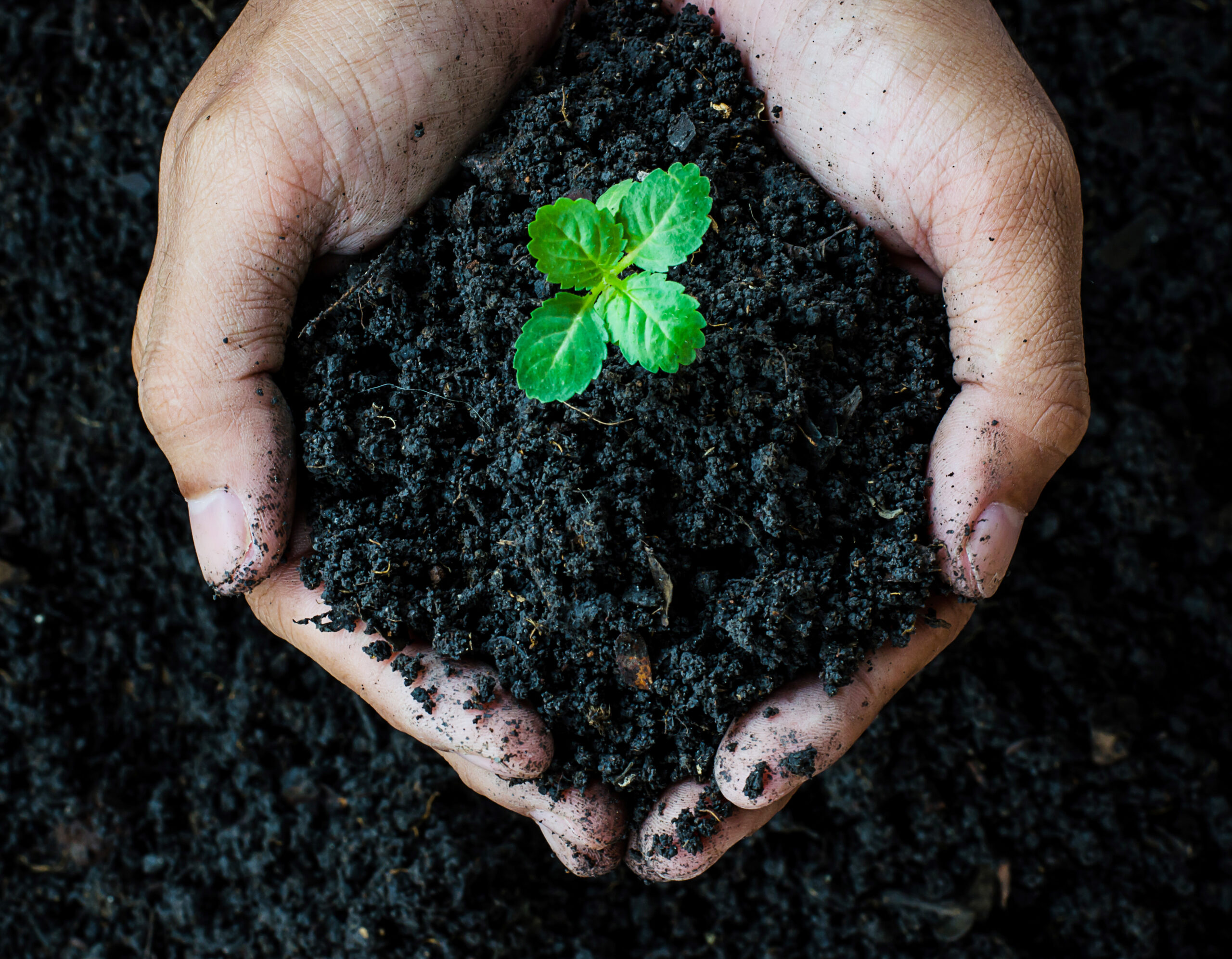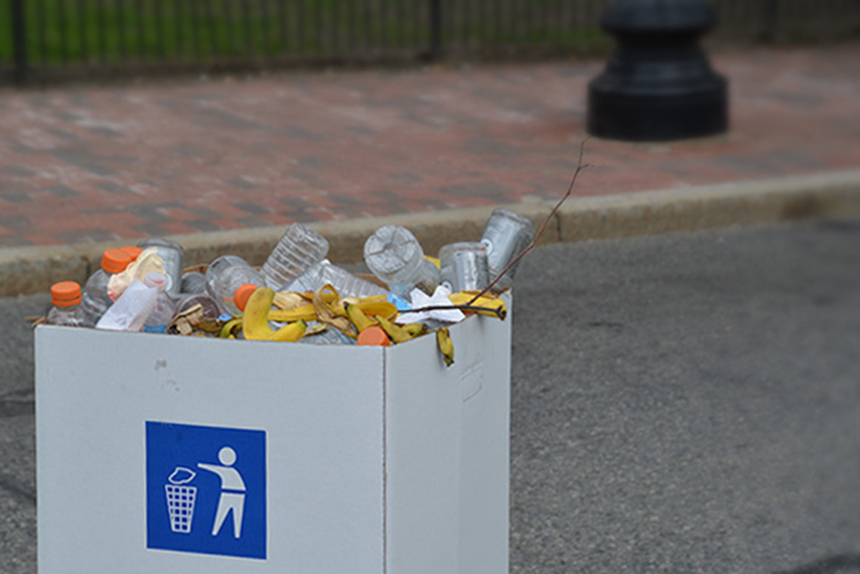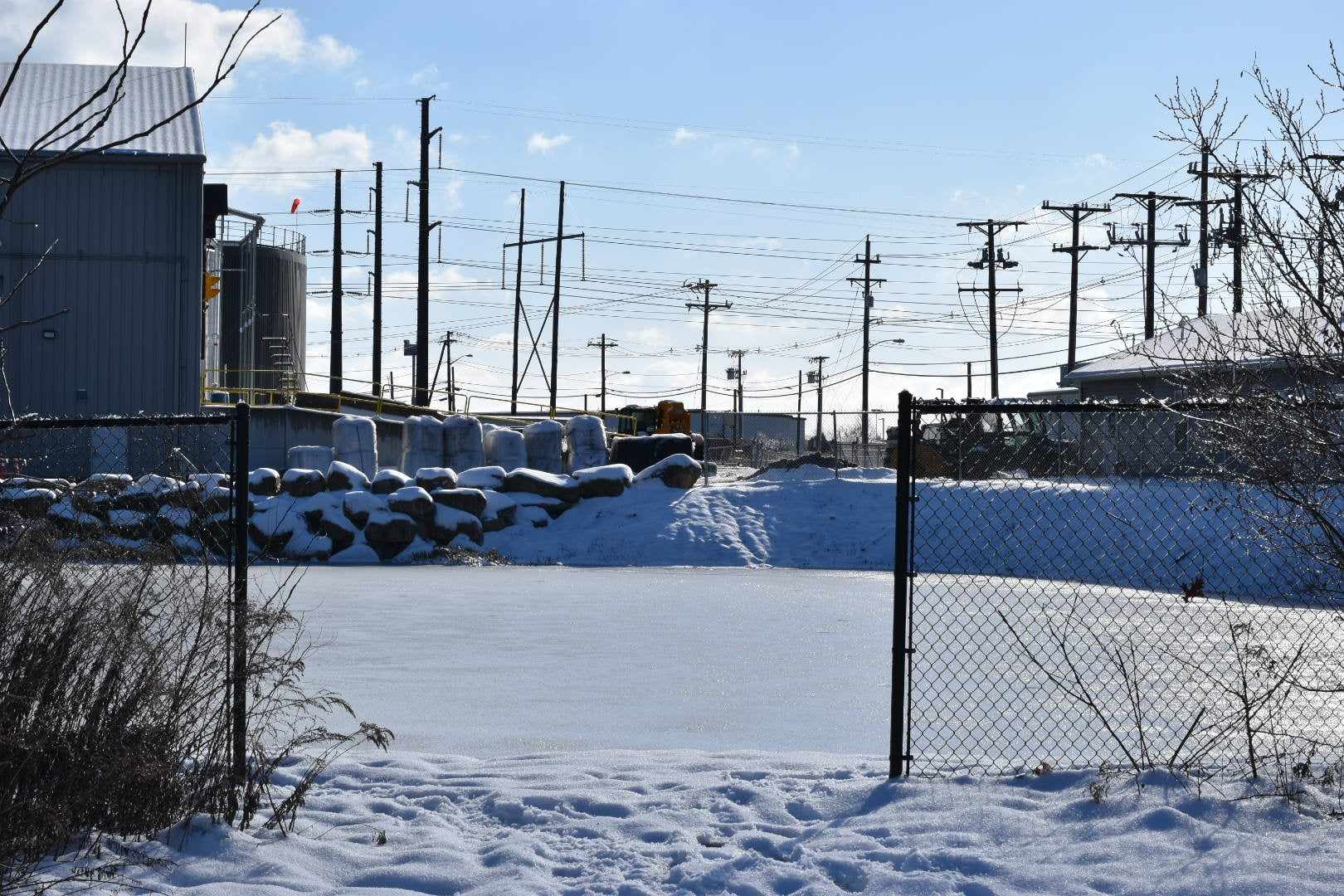Municipal Recycling Rates Remain Abysmal
April 19, 2024
JOHNSTON, R.I. — Nearly 12 years after the state imposed recycling and waste diversion mandates on its cities and towns, most municipalities still struggle to achieve them.
The Rhode Island Resource Recovery Corporation (RIRRC), the quasi-public state agency that operates the Central Landfill in Johnston, recently released its annual report detailing how much every city and town in the state is recycling, and how much waste they are sending to the landfill.
Last year’s results were abysmal. Only 15 of the state’s 39 municipalities met or exceeded the 35% recycling rate mandated by a 2012 state law. Their waste diversion rates were even worse. The same law requires municipalities to divert at least 50% of overall waste sent to the landfill. Only two met the minimum in 2023: North Kingstown and Portsmouth.
By far the state’s worst-performing municipality, according to the report, remains Providence. It’s the only municipality whose recycling and diversion rates sit comfortably in single digits. The capital city last year had a recycling rate of only 7.8%, and its diversion rate was only 8.3%.
It’s nearly half of what the city accomplished in 2020, when the recycling and diversion rates were 15% and 15.2%, respectively. The city also had 624 pounds of rejected recycling per household, according to the report.
“Providence is engaging in a multipronged approach to expand and enhance recycling rates across the city, and support infrastructure expansions for food waste diversion for businesses, institutions, and households,” Josh Estrella, press secretary for Providence Mayor Brett Smiley, said.
The city received a $3.4 million grant last year to improve composting and start a pilot recycling program for businesses, Estrella said. The grant also included money for the city’s Department of Public Works to deploy new trash and recycling bins on two of the busiest route days.
Providence has its own recycling goals. The city has pledged to increase residential recycling rates; reach a 30% recycling rate by the end of the decade; and eliminate food waste by 2040.
The second-worst performing municipality for recycling? The landfill’s own host town, Johnston. According to the report, Johnston had a recycling rate of 13.6% last year, and an overall diversion rate of 13.7%.
Meanwhile, many of the state’s rural towns with no curbside collection tended to have better recycling and diversion rates. On average, the 13 rural towns had a recycling rate of 40%.
Statewide, the recycling rate sits at 29.6%, and the overall diversion rate is a smidge higher, at 30.7%.
The report’s numbers come with a couple caveats, as the data is ultimately incomplete. Only residential areas are required to send their trash and recycling to the Central Landfill, either through curbside collection or by taking it to a transfer station.
All other areas, including schools, institutions, and commercial and industrial zones, are still required to recycle, but typically do so by contracting pickup via a third party. Where that trash and recycling goes isn’t tracked, leaving the true numbers of how much Rhode Island is throwing away or recycling a mystery.
Improving recycling efforts and reducing the amount of waste Rhode Island produces are important environmental solutions, and they come with a very real due date. Currently, the Central Landfill, the only active one remaining in Rhode Island, is expected to reach its maximum capacity by 2040, just over 15 years away.
What will happen after that remains to be decided. The state will have three options: continue expanding the current site; build a new landfill somewhere else in Rhode Island; or start shipping the state’s waste out of state. Shipping waste out of state is prohibitively expensive, and finding a place for a new landfill is expected to be widely unpopular.
Meanwhile, the General Assembly is considering a number of bills to reduce the amount of waste sent to the landfill. The legislature’s study commission on a bottle deposit system, in which individuals can return empty plastic bottles and cans for a small fee, is expected to release its policy recommendations within the next month.
Also under consideration this year is an extended producer responsibility for packaging program (H7023). Single-use packaging is around 16% of the waste landfilled in Johnston every year. The legislation, heard in committee earlier this year and held for further study, would require manufacturers to reduce the amount of packaging material used in packaging products and ensure that the material used reaches certain recycling rate standards.




RIRRC has fallen down on the job. Part of this is that RIRRC no longer talks to people interested in helping them be more environmentally friendly. Provious Executive Directors at RIRRC would meet with the environmental community and come to the composting conference. Now the ED of RIRRC never speaks to the community and refuses invitations.